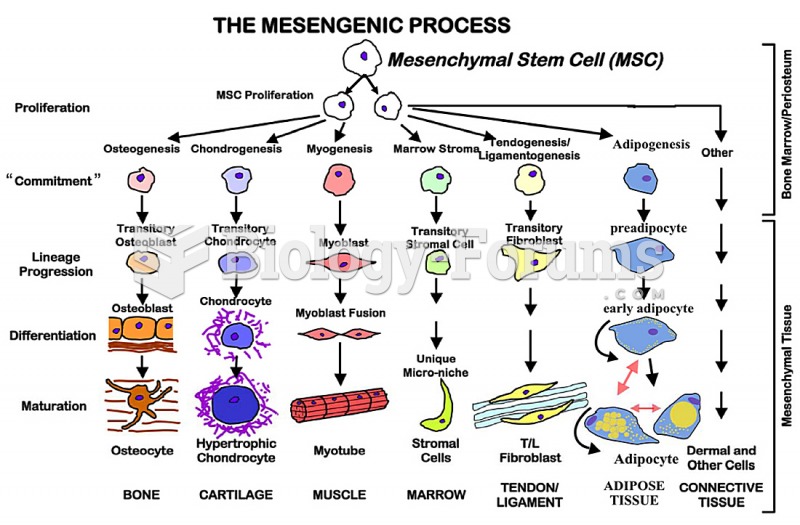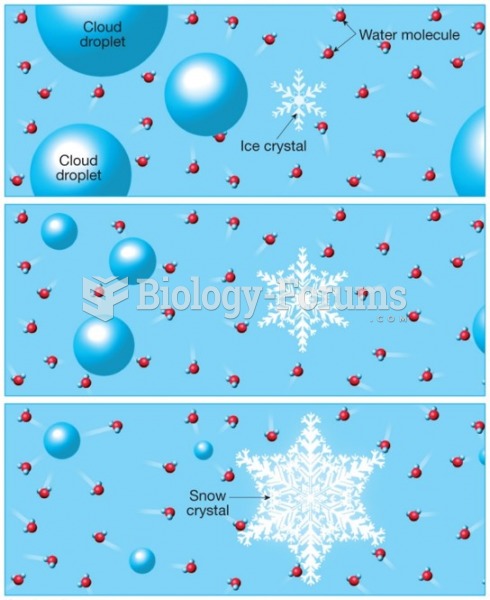Answer to Question 1
All JSP pages are compiled into servlets. When a JSP page is requested, the servlet processor checks to see if the uncompiled version of the JSP page is older or newer than the compiled servlet. If the servlet is older than the uncompiled version of the JSP page, then the JSP page is parsed into standard Java source code and is recompiled into a new version of the servlet. This new version of the servlet is then loaded into memory. If the uncompiled version of the JSP page was created at or before the time of the current servlet, the servlet processor checks to see if the current servlet is already loaded into memory. If it is not, then the servlet is loaded. In either case, the servlet is then ready to be executed by the servlet processor.
Answer to Question 2
The primary differences between the E-R model and the semantic object model are differences in orientation. The E-R model considers entities and relationships to be the basic building blocks of a data model, while the semantic object model considers semantic objects to be the basic building blocks. Semantic objects are self-contained from the users perspective-everything that a user thinks of as being a characteristic of a given identity in his or her environment is captured within a single semantic object. With E-R models, all the data that a user thinks of as being a characteristic of a given identity is spread across multiple entities, and thus relationships are required to reconstruct the user's perspective. Therefore, semantic models tend to produce a data model that more closely resembles the user's model.







